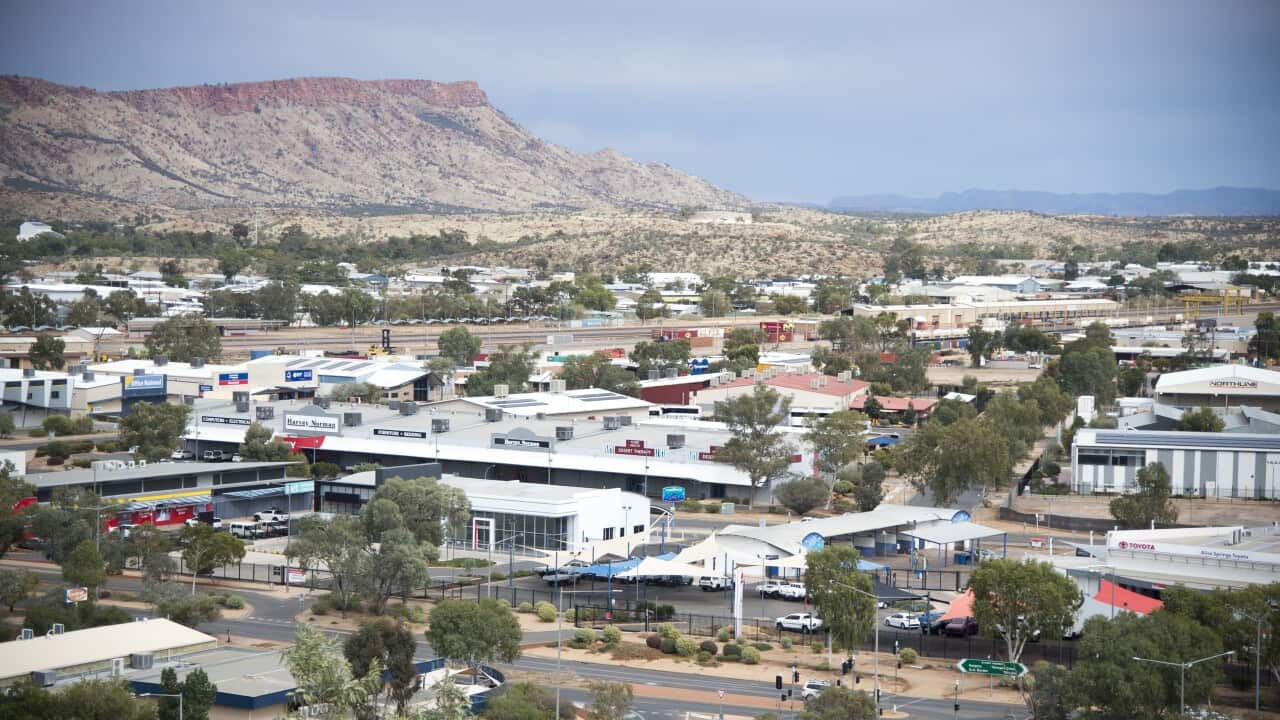Key Points
- Malacañang / Montgomery is part of Melbourne Theatre Company’s annual series of Cybec Electric play readings
- Jordan Shea is a Filipino-Australian writer and high school teacher.
- He graduated from the Victorian College of the Arts (Writing for Performance)
The story of activism
A meeting with Filipino-Australian veteran actor Alfred Nicdao sparked Filipino-Australian writer Jordan Shea’s interest. He was born many years after 1986, he never witnessed or heard of the EDSA Revolution until Alfred Nicdao introduced him to a book.
‘He invited me to his living room, it was very mythical, very nostalgic. He showed me a book showing the revolution. It was a coffee table book; showing images and stories from the revolution. He said you’ll never be able to find this anywhere. I searched it up and found it in the United States and was shipped to me he next day’.
It transported him to the place and event and wondered, ‘how many stories are there in that image?’.

Malacanang Palace following Ferdinand Marcos's departure into exile, Malacanang Palace, Manila, 26th February 1986. Source: Getty / Alex Bowie/Getty Images
Activism in the streets to digital space
While Malacañang to Montgomery’s back drop is the 1986 People Power Revolution, it focuses on how activism has changed through the decades.
It starts with Martin and Ernie; brothers who took part in the protest and celebrations leading to the ouster of the 21 year dictatorial rule. As the celebrations happened, the brothers were separated in the crowd.
The story fast forwards to 2022 in Sydney; where Martin cautions his activist son Leo against his online petition against Ferdinand Marcos Jr.’s Administration. The conflict deepens when free spirited Ernie resurfaces and joins in their conversation.
‘In 1986, activism happened in the streets. You were on the streets, or you weren’t there’ Jordan adds ‘or you were printing out flyers and working in the background’.

A Catholic priest calms a crowd of supporters of opposition leader Cory Aquino outside the Malacanang Palace, Manila, home of President Ferdinand Marcos, 25th February 1986. The mass demonstrations, which came to be known as the People Power Revolution, or EDSA Revolution, toppled Marcos after four days. Credit: Alex Bowie/Getty Images
‘It is not a commentary about politics or the political landscape but about how people engage and become a part of the discussion or movement.’ Clarifies the Filipino Australian author.
Struggle between then and now
Technology has evolved and as Jordan argues ‘the glory of social media, the digital age is that you can engage without actually being there.’ However, Jordan clarifies, ‘while it does not give you firsthand experience; it does give you access and the privilege to be able to use your voice in Australia. America or from wherever you are in the world.’
Authenticity in experience
While Shea agrees that we cannot deny the authenticity in first-hand experience, ‘looking back into our past and taking a deep dive into history allows you to access the past and truly learn about what really happened’.
is part of this year’s Readings on stage March 30 at the Southbank Theatre, The Lawler with fellow Filipino Australian artists Roman Berry and Aiden Gale Miranda on stage.
LISTEN TO

People Power Revolution: Looking back and why we should never forget 1986
SBS Filipino
25/02/202208:12
LISTEN TO

"Kasama Kita," the untold stories of many migrants who have helped shape Australia
SBS Filipino
20/11/201935:49




